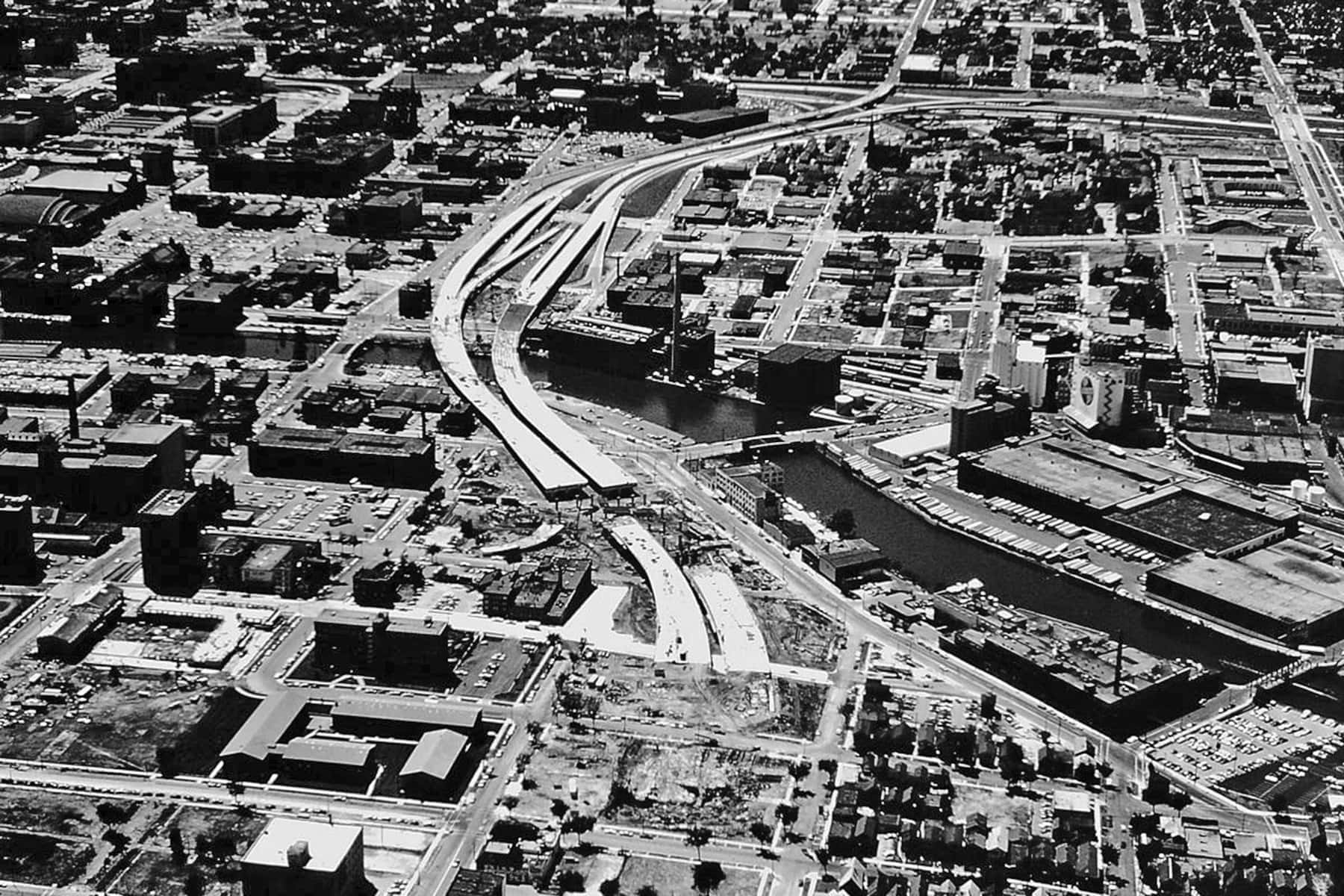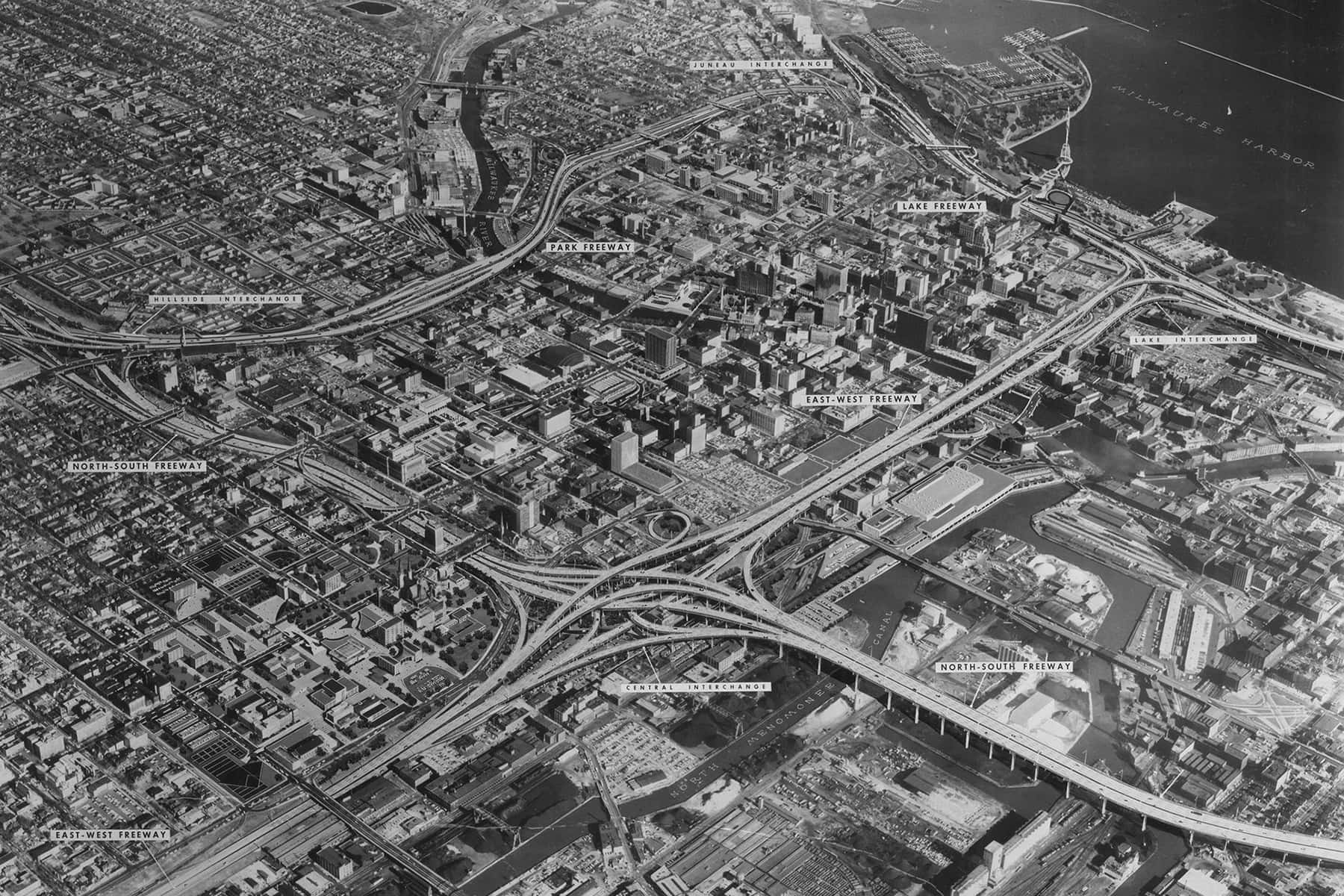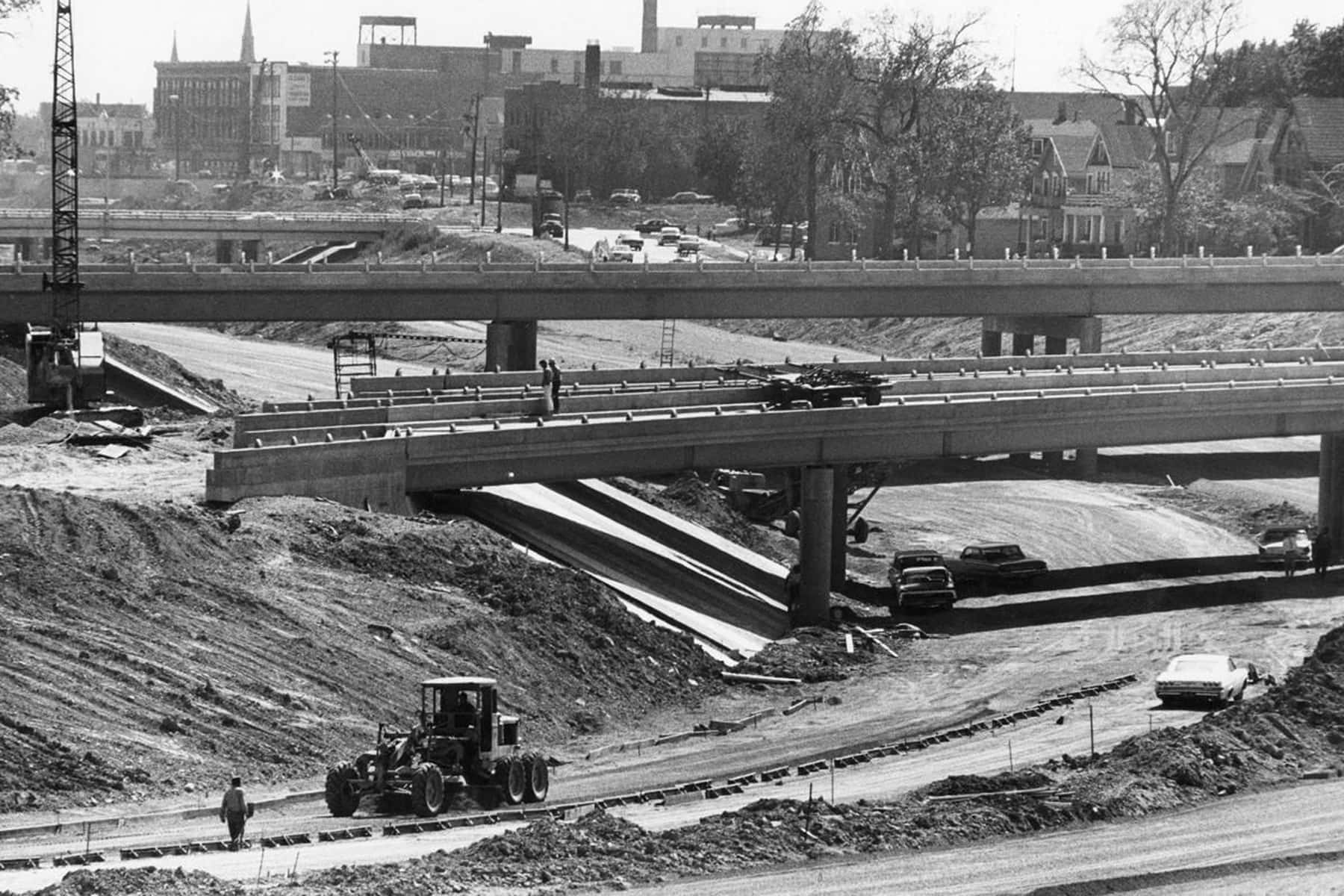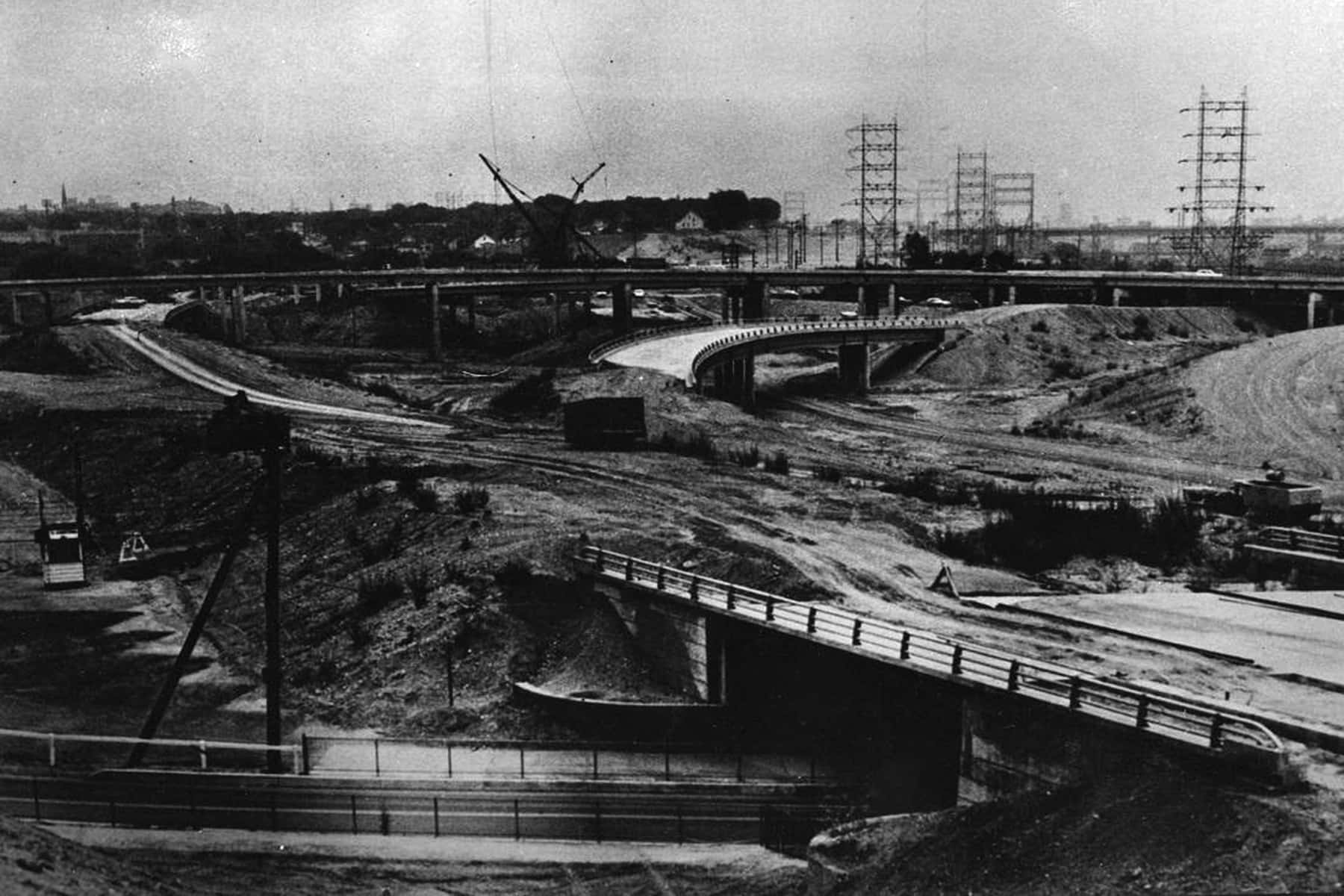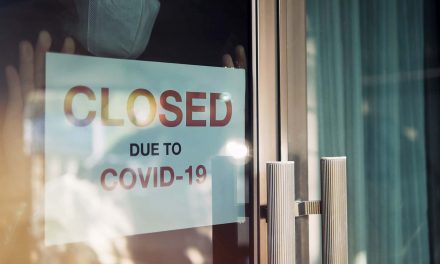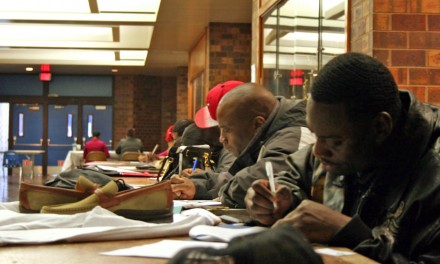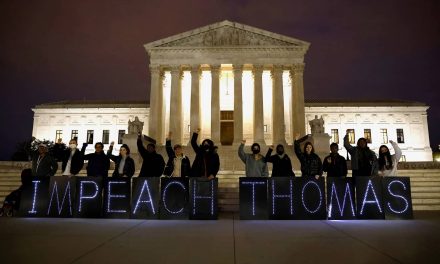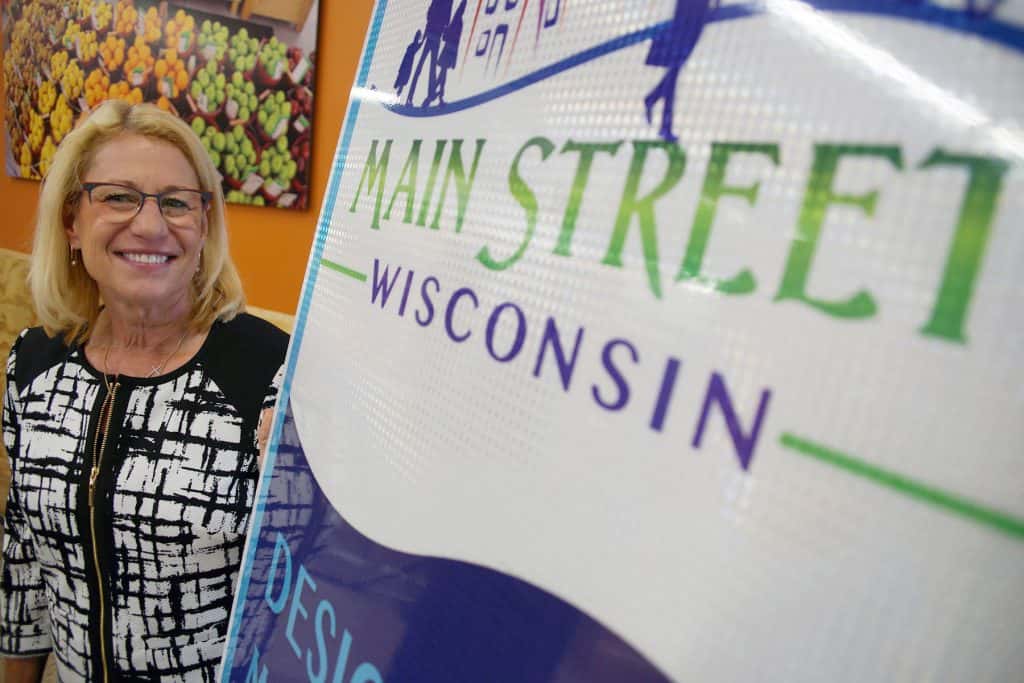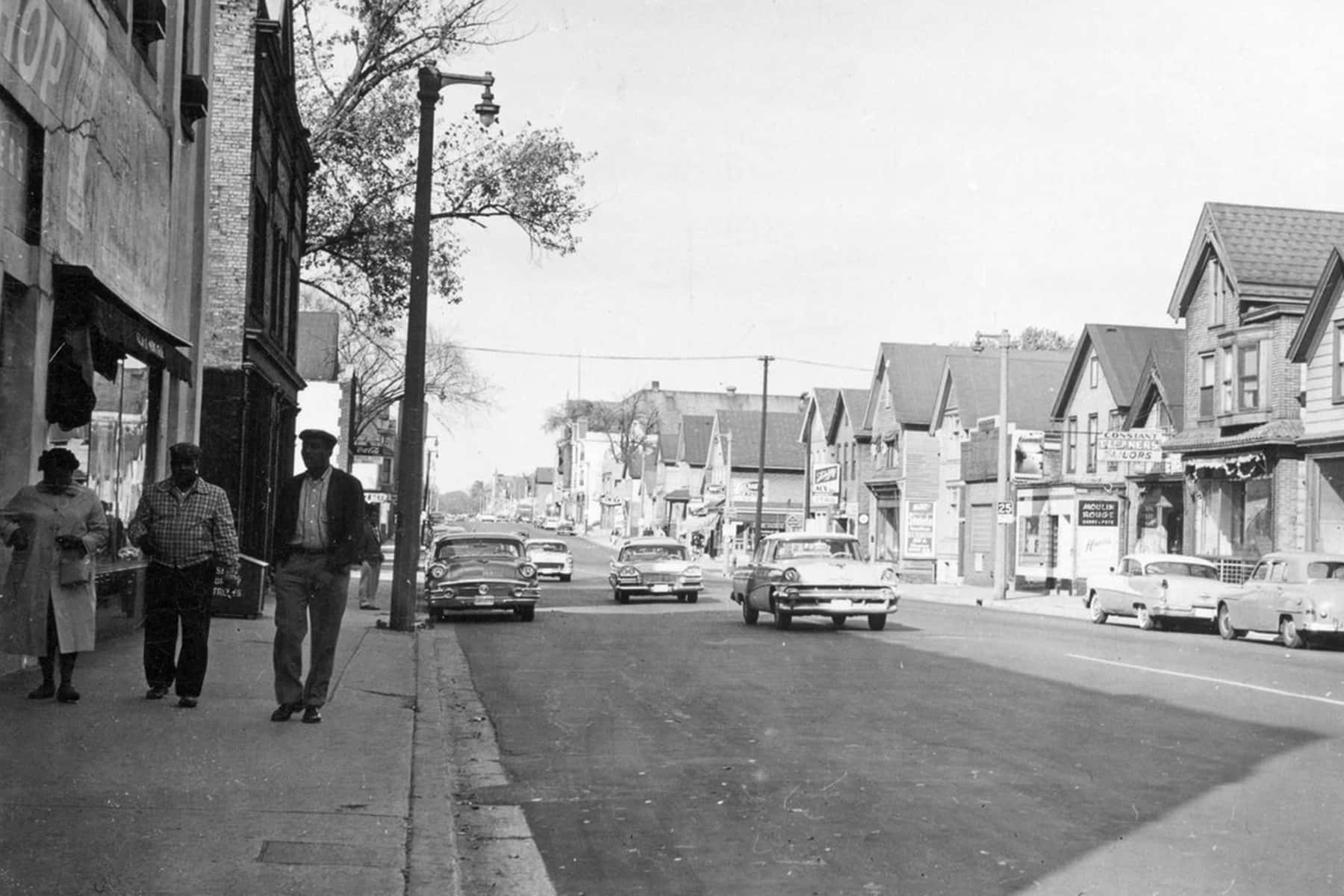
As freeway routes were constructed in the 1960s, lots of Milwaukeeans were impacted. Houses were demolished and businesses had to relocate. Some communities still have not recovered decades later due to the upheaval.
Discussions about a national freeway system began as early as the 1920s, but planning did not get underway until the 1950s.
“As automobiles were becoming more popular, they realized that the street system wasn’t designed for automobile traffic, and there was a lot of gridlock and other issues happening as more and more people were driving. But it wasn’t until the 1940s that the city really started to begin planning for an expressway system,” explained Ben Barbera, curator and operations manager at the Milwaukee County Historical Society.
Barbera explained that additional factors contributed to the freeway plan, including the post-World War II economic boom as soldiers returned home. Some people moved to the suburbs but still needed to get downtown to their jobs. The freeway routes driven today reflect the vision that leaders had years ago.
The primary transportation corridors envisioned north-south and east-west routes of I-94 and I-894, that supported the western region of Milwaukee. The other north-south route that became I-43 was designed to connect the northern areas closer to the east side of the city. It was the Interstate-43 route, that runs through central city neighborhoods, which were at the time — and still are — predominantly African-American.
“Between 1960 and 1969, roughly 17,000 homes were dislocated for lack of a better term, eradicated,” added Barbera. “Business numbers are a little bit harder to pin down, but there could have been as many as 1,000 businesses that were affected.”
The freeway did not run through Bronzeville — then the city’s premiere African-American business and entertainment district. However, the nearby construction did impact the district. It was not just African-Americans who felt the effects of the I-43 project, but Barbera noted that they were disproportionately affected compared to the German, Jewish, and white residents living in the area.
Andre Lee Ellis, a community organizer and founder of We Got This MKE, was a child at the time and remembered the neighborhoods changing.
“My parents would talk with us about what was going on in the world, in life. I could tell that there was something not good about it,” said Ellis.
His family was living in the Lapham Projects on 6th and Brown Streets during that time. At first, people were excited by the thought of the new expressway and what it would do to ease traffic congestion. But soon they noticed the consequences of the road construction.
“It was really more where you could intentionally see that they were interrupting the progress of black people. Black people were making progress, businesses were there and all of that was interrupted when the expressways came,” Ellis added. “I remember thinking this is the first time that I realized the word poor and how poor people were treated. ‘We’re poor. This how they do poor people. This how they do us.’ That’s all I kept hearing.”
Ellis remembered how the situation made him feel. The expressway disconnected black people by running right through neighborhoods and sliced east-west streets in half. It harmed commercial business and sent loyal consumers elsewhere.
As more and more people saw the downside of the freeway construction, they pushed back at plans for additional stretches. Clayborn Benson, executive director of the Wisconsin Black Historical Society, said that black people began to picket and other communities responded as well.
“The white citizens in the Wauwatosa area saw all of the demolition and the construction going on, said, ‘Stop, no more,’ and they put pressure on the system to say we will not be forwarding through with this project,” Benson explained.
Construction on other freeway projects stopped completely in the early 1970s. Today, Milwaukee residents still drive on roads that were meant to be connected to the freeway. Maps still exist that show the much more extensive freeway system that planners originally had in mind that would have increased the destruction of urban areas.
Tеrаn Pоwеll
Milwaukee County Historical Society
Originally published on Wisconsin Public Radio as The Construction Of Milwaukee’s Freeways: An Asset For Some, Detrimental For Others
Wisconsin Public Radio (WPR) is a civic and cultural resource that exists to enlighten and enrich the quality of life for its listeners. Help support their mission with a contribution.

